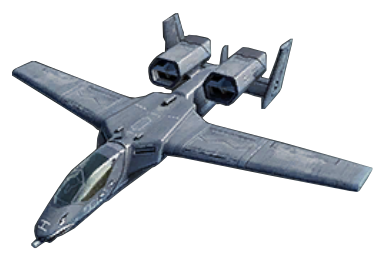marauder2048
"I should really just relax"
- Joined
- 19 November 2013
- Messages
- 3,157
- Reaction score
- 931
IIRC, FY 2019 is about the time that the FW APKWS II is (was?) supposed to IOC on a number of aircraft. That system has the potential
to be a great CAS leveler; cheapish, longer range (permits shallow dive angle launches above MANPAD and AAA altitudes) and more accurate than the GAU-8 with a variety of warhead, rocket motor and fuzing (e.g. airburst) options.
to be a great CAS leveler; cheapish, longer range (permits shallow dive angle launches above MANPAD and AAA altitudes) and more accurate than the GAU-8 with a variety of warhead, rocket motor and fuzing (e.g. airburst) options.

